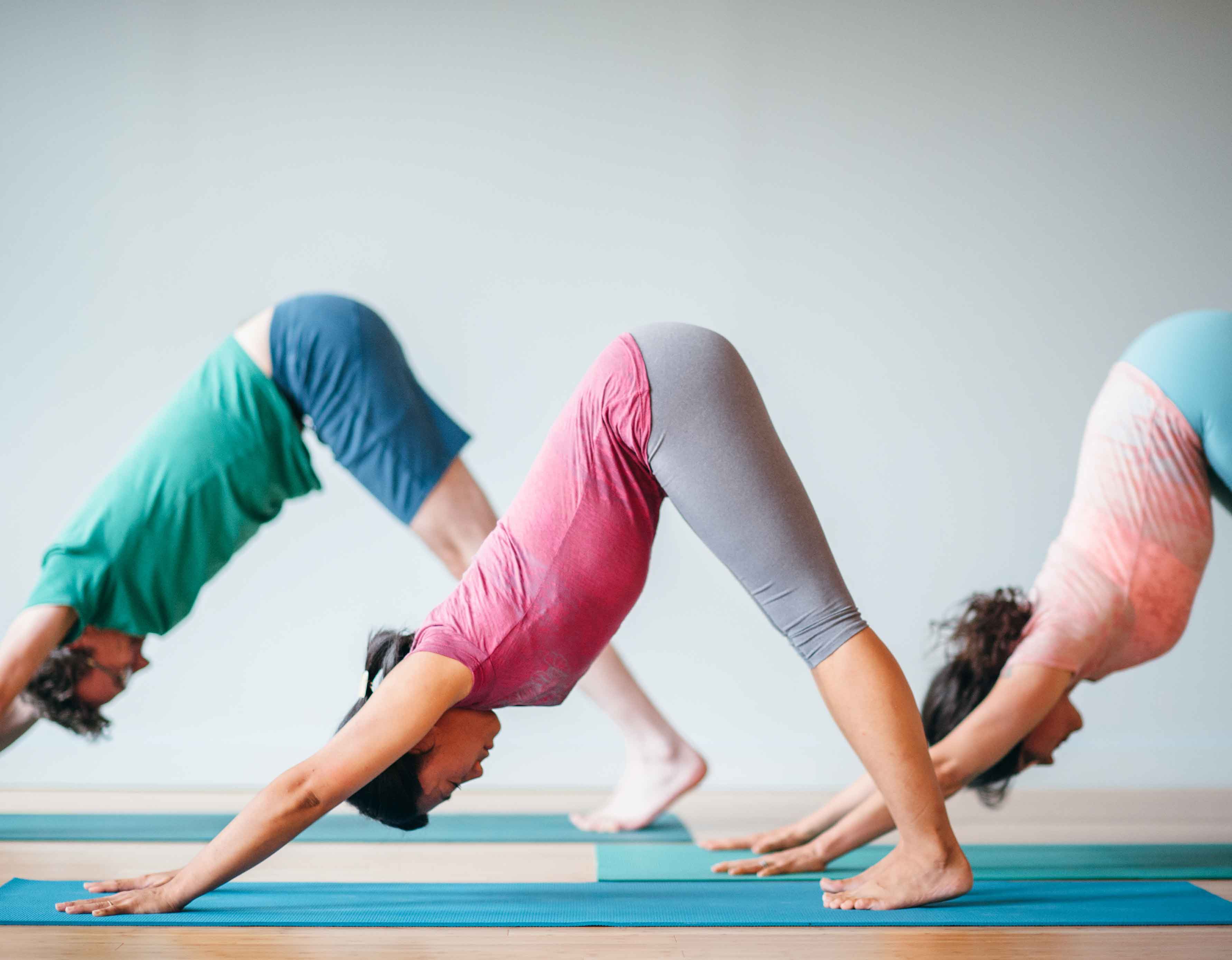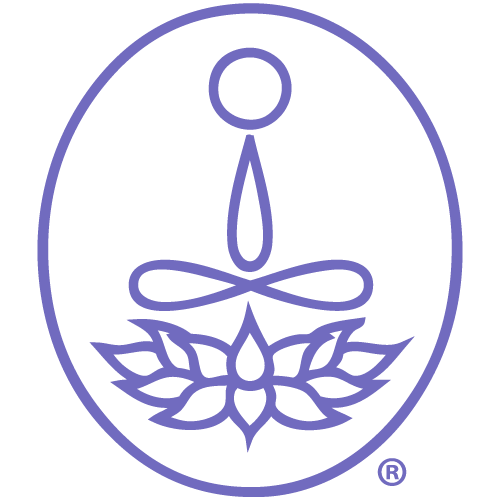DOWNWARD FACING DOG

Benefits:
- Strengthens legs, opens calf muscles and hamstrings
- Strengthen arms & serratus anterior, preparing the arms for Shirsasana (Headstand)
- Teaches grounding of hands to build strength and stability in the hands and wrists
- Stimulates the Immune, Circulatory, Endocrine, Digestive systems
- Releases abdominal organs
- Expands the lungs and breathing capacity
- Removes grief and increases joy
- Increased hamstring length lessens the fight or flight response
Questions about this pose?
Prep Poses:
Wall Dog – If the spine is rounded in the full pose, do the pose with the hands on the wall and the feet on the ground, with the hips directly over the ankle. Same pose, but in a different relationship to gravity.
Counterbalancing Poses:
AMS is a counterbalancing pose. It can be its own practice (a dog a day, keeps the aches away) or can be the beginning, end or middle of a longer practice.
Contraindications:
High Blood Pressure
Menstruation
Epilepsy/Stroke
Glaucoma, eye problems or recent eye surgery
FINDING THE POSE:
Adho Mukha Shvanasana is one of the most multi-tasking asanas. It’s a forward bend, an inversion, a hip opener, and a shoulder opener. It strengthens the arms and legs and creates length in the side body.
1.
Start lying on your belly with your hands beside your chest. Tuck your toes under, and come up to hands and knees without moving your hands and knees closer together. This will give you the proper length in the full pose. Move the hands slightly towards each other so they are shoulder width apart.
2.
Exhaling, lift the hips up and back, straightening the legs and lifting the sitting bones towards the ceiling (anterior pelvic tilt). Place your feet hips-width apart. Maintain an anterior tilt in the pelvis as you contract your quadriceps completely without pushing the knees back.
3.
Keep the knees pointing straight ahead with your feet parallel to each other and the ankles balanced. Lower your heels as much as possible without losing the strength in the legs or lift in the sitting bones. Root the thighbones back in space away from your hands. Relax your neck. Lift your belly and expand your diaphragm.
4.
Press down through the base of the index finger and thumb and internally rotate your arms so the inner elbows face each other. Maintain this internal rotation and spread your shoulder blades (not your shoulders) by activating serratus anterior. Keep the arms straight without hyperextending the elbows.
5.
Stay in the pose for six to nine breaths, breathing smoothly and softly with a relaxed diaphragm and soft eyes.
6.
If moving on to more active work, step or jump the feet forward to Uttanasana (forward fold) and stand up. If moving towards resting poses or Shavasana, come down into Balasana (child’s pose).

